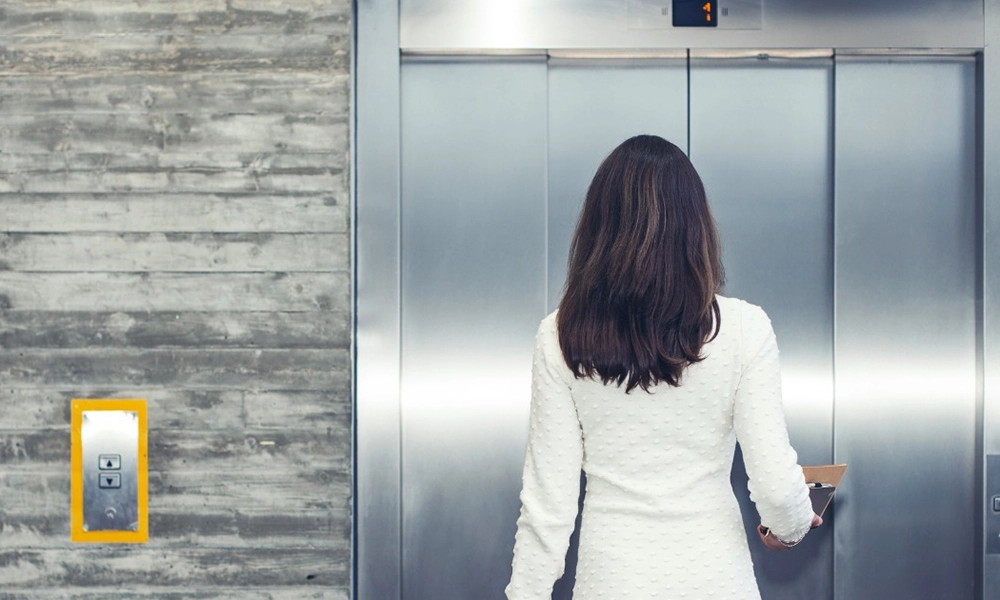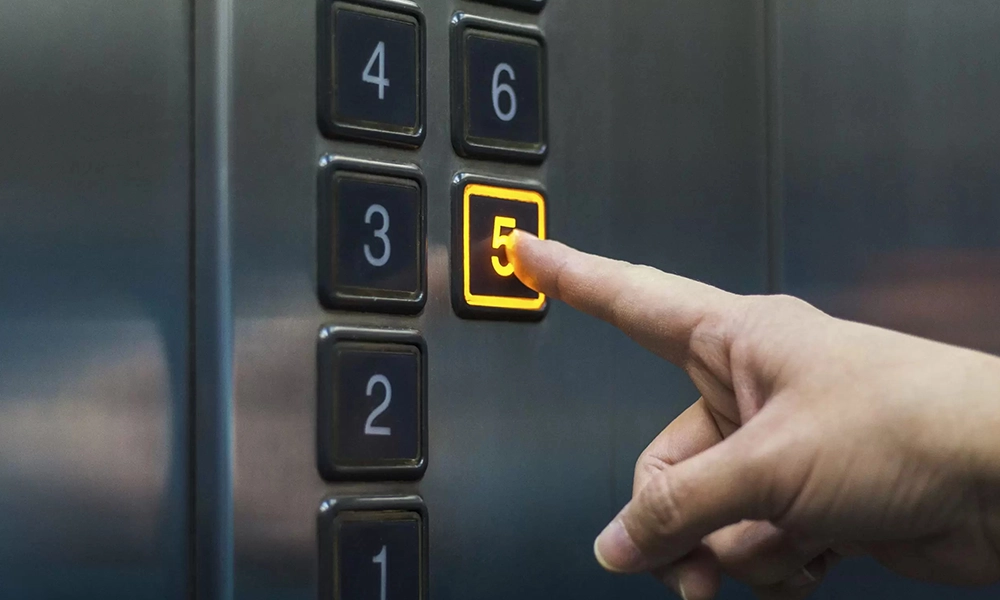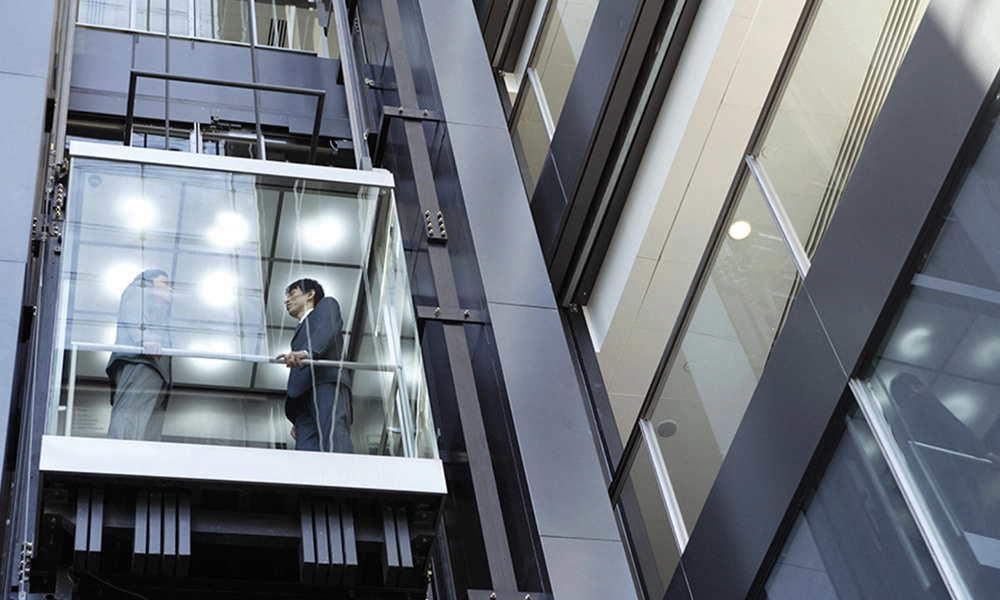The safety risks and preventive measures of elevator use in summer
Seasonal characteristics such as high temperature, humidity and rainstorm not only affect our daily life, but also bring many challenges to the safe operation of elevators. As an indispensable means of transportation in modern architecture, the safety of elevators is directly related to the life and property safety of every passenger. Therefore, it is particularly important to understand the safety risks of elevator use in summer and take effective preventive measures.
Security risks
High temperature affects the temperature of the elevator machine room: In summer, the temperature inside the elevator machine room may exceed the specified range of 5-40 ℃, causing electrical components to age and overheating protection devices to activate, leading to elevator shutdown or malfunction.
Equipment aging acceleration: Electrical components such as circuit boards and frequency converters accelerate aging in high temperature environments, shorten their service life, and even burn out directly. Passengers and operators suffering from heatstroke: The temperature inside the outdoor elevator or sightseeing elevator car is too high, and maintenance personnel working in a high-temperature environment for a long time may cause discomfort such as heatstroke and dehydration.
Dampness and precipitation
Short circuit of electrical components: In summer, high humidity can easily cause short circuit and leakage of electrical components, resulting in corrosion and reduced service life. Water ingress into the machine room and hoistway: in rainstorm, problems such as water leakage in the machine room, water flowing in the hoistway, and ponding in the pit may lead to short circuit, failure, and corrosion of electrical and metal parts.
Power grid malfunction
High power load: Summer is the peak period for electricity consumption, and the high load operation of the power grid may lead to power restrictions, tripping and power outages, which in turn can cause sudden elevator shutdowns, resulting in elevator entrapment.
Preventive measures
Cooling and ventilation of computer room
Ensure the normal operation of cooling equipment such as air conditioning and ventilation fans in the computer room, and control the temperature of the computer room within the specified range.
Electrical component inspection and maintenance
Intensify the inspection of aging and overheating of electrical circuits and components, and promptly replace damaged electrical components. Keep the computer room and shaft dry and ventilated, and install ventilation and dehumidification equipment if necessary.
Waterproof and Drainage
Improve the rainproof and drainage facilities of the computer room, shaft, and pit, and prepare emergency materials such as flood prevention sandbags. In case of rainstorm, close the doors and windows of the machine room and the waiting hall, and temporarily block the exhaust holes of hogwash to prevent rainwater from flowing in.
Passenger and operator safety
① Remind passengers to put away their rain gear when taking the elevator on rainy days to avoid electrical equipment short circuits caused by water flowing downstream.
② Timely pay attention to meteorological department forecasts and power department power outage notifications, and do a good job in information disclosure and communication interpretation.









